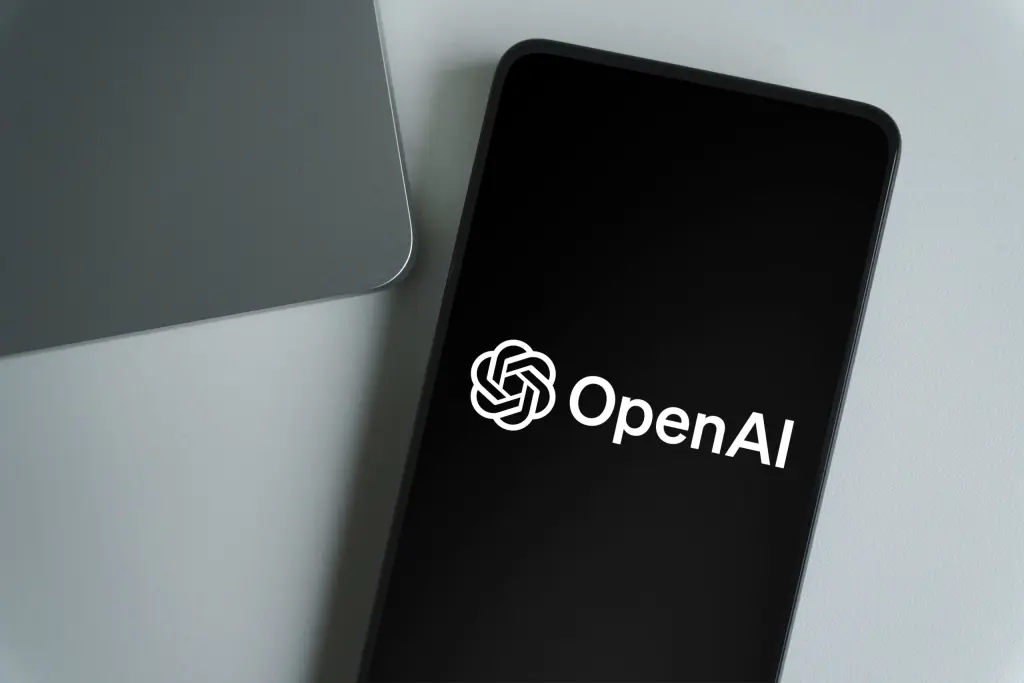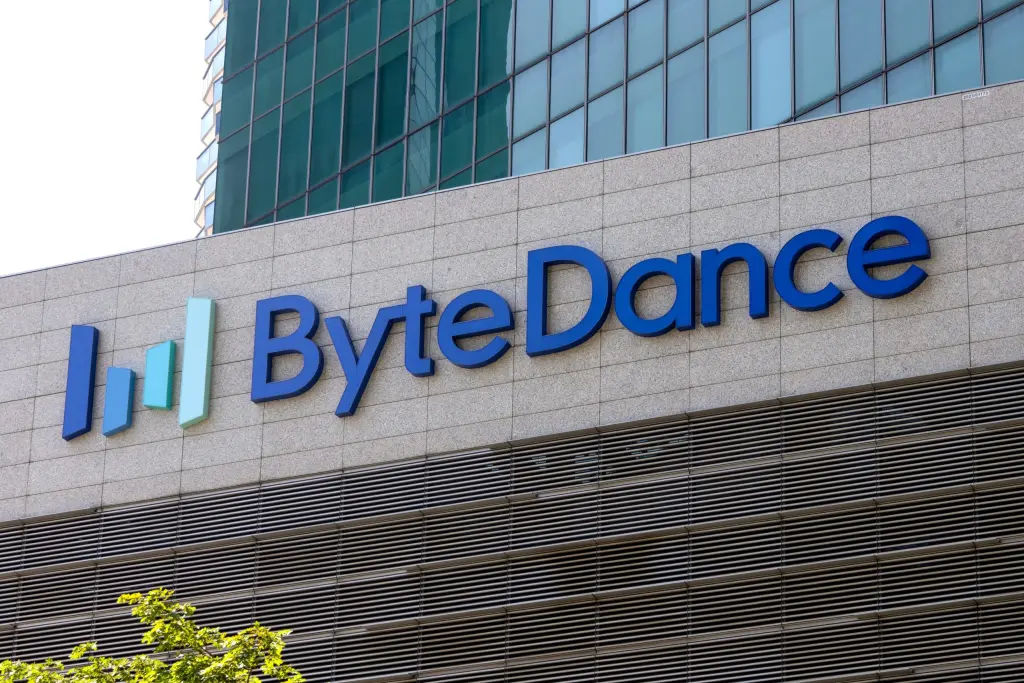Snapchat is launching a new Lens that allows users to create and edit images using a text-to-image AI generator. The new “Imagine Lens,” which is the company’s first open prompt image generation Lens, is available exclusively to Snapchat+ Platinum and Lens+ subscribers.
Key Highlights
The new feature integrates powerful text-to-image AI directly into the Snapchat camera experience:
- New Feature: Imagine Lens, an open prompt text-to-image AI generator.
- Exclusive Access: Available only for Snapchat+ Platinum ($15.99/month) and Lens+ ($8.99/month) subscribers.
- Functionality: Users can create, edit, and recreate Snaps by entering their own custom text prompts.
- Rollout: The feature is rolling out over the next few weeks.
How It Works: Open Prompt Image Generation
The Imagine Lens allows users to generate images using custom prompts, such as “create an image of a grumpy cat” or “turn me into an alien”. The Lens also features pre-loaded prompts that people can use for inspiration, like “Turn me into a four to five panel comic where something unexpected but heroic happens”. Users can then share the AI-generated image with their friends, post it to their Story, or share it outside of Snapchat.
A Move to Deepen In-App Interaction
With this launch, Snapchat is positioning itself as more than just an entertainment platform, aiming to become a place where users interact regularly beyond simply sending each other TikTok videos. By providing this powerful in-app technology, the company is likely hoping that people will use its native tools when drafting messages and creating content, rather than relying on external AI tools.
Looking Ahead
This launch is part of Snap’s broader investment in AI, following other recent releases like a standalone Lens Studio iOS app and video generative AI Lenses. For the highly visual and creative social media users in the MENA region, a tool like the Imagine Lens could unlock new forms of self-expression and content creation, particularly on platforms like Snapchat that are extremely popular with the region’s youth.
Source: TechCrunch















